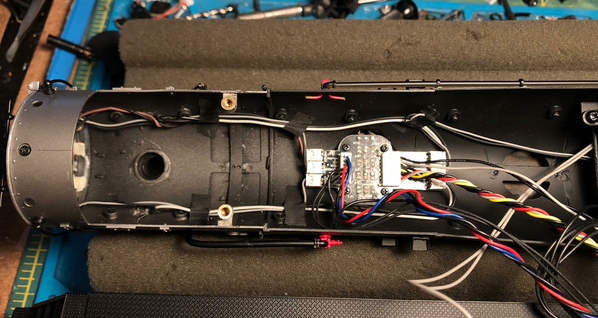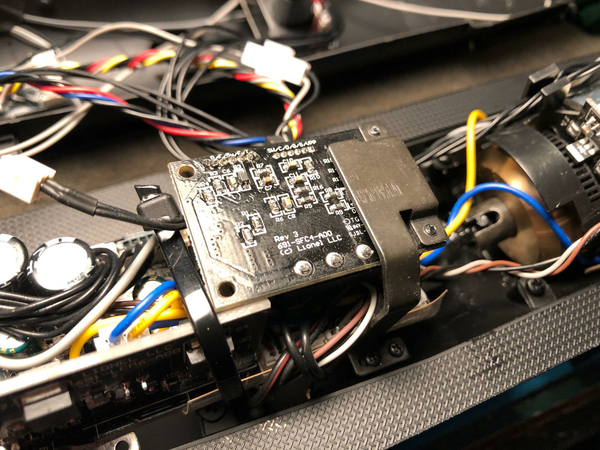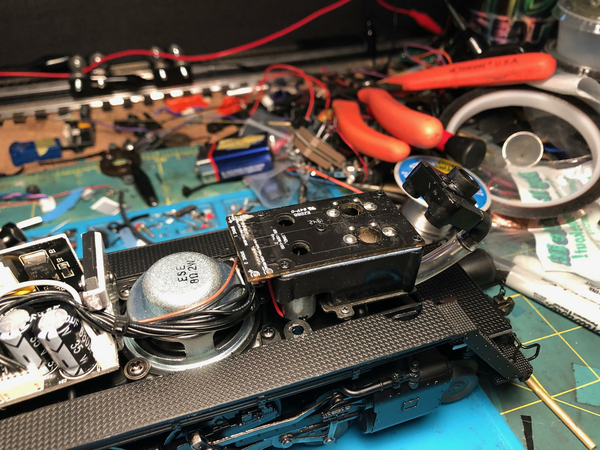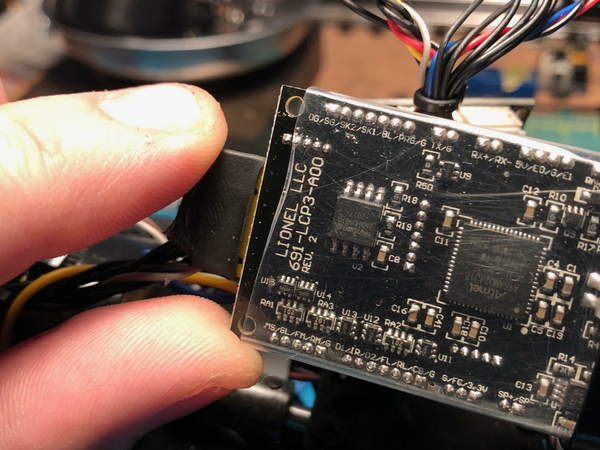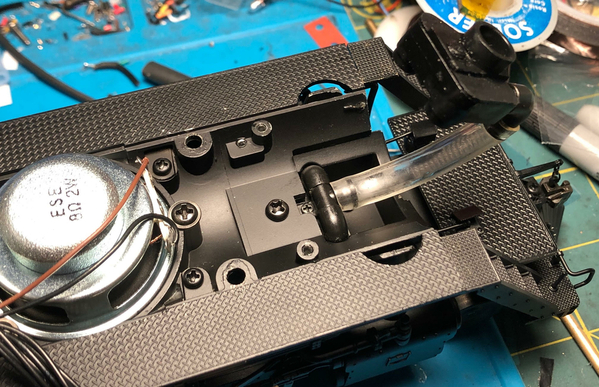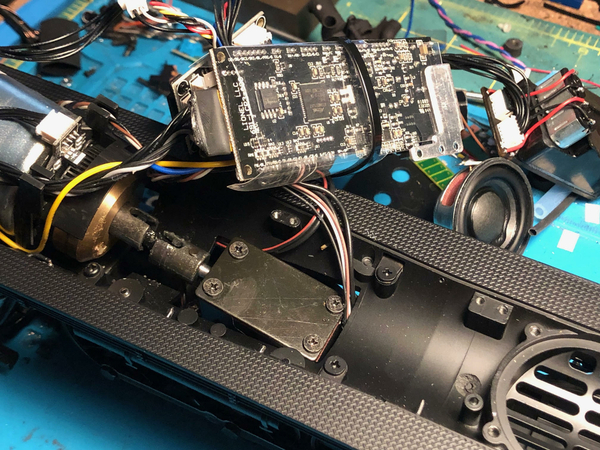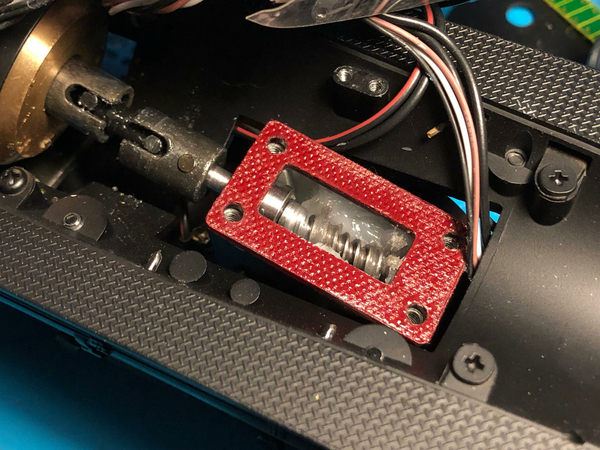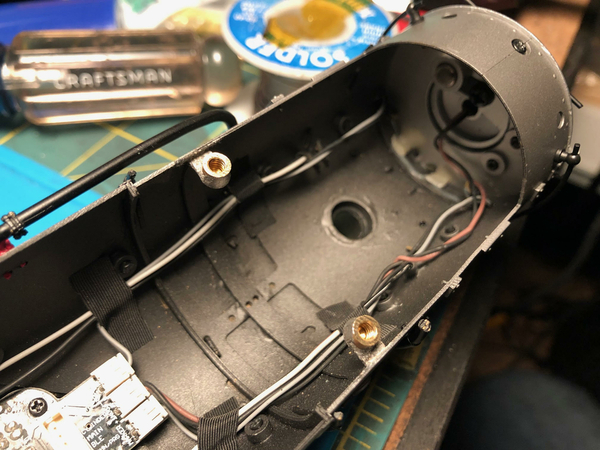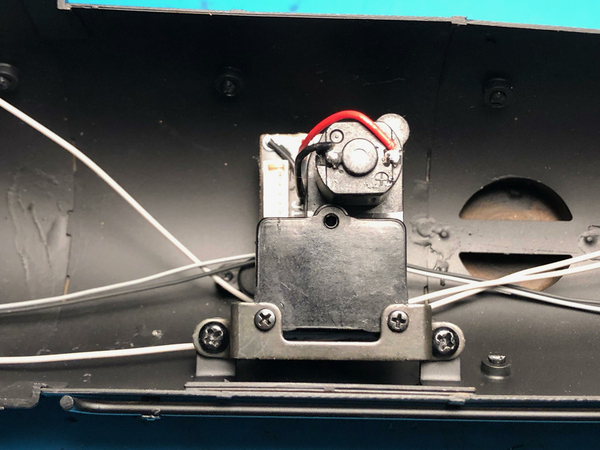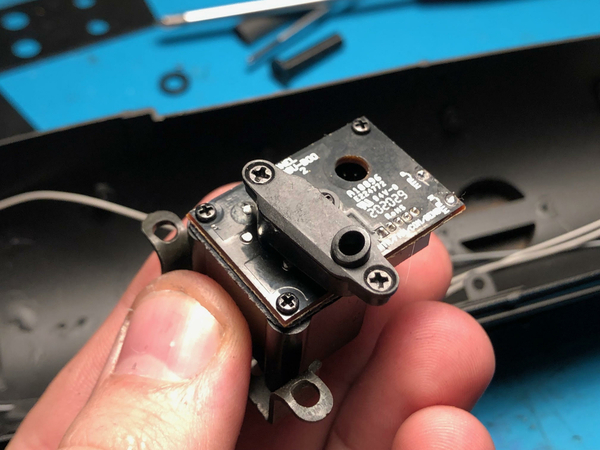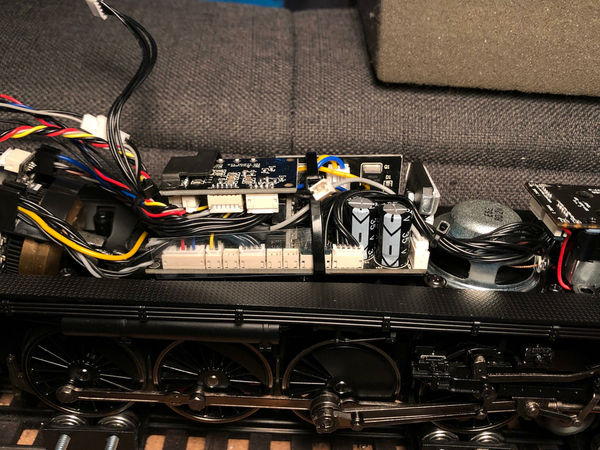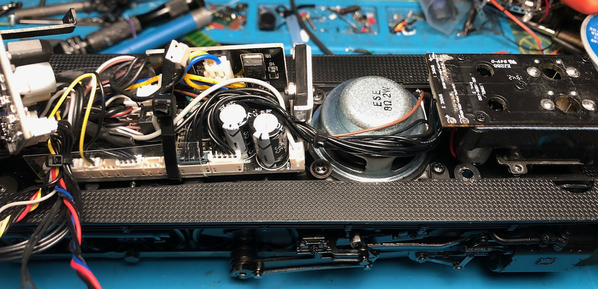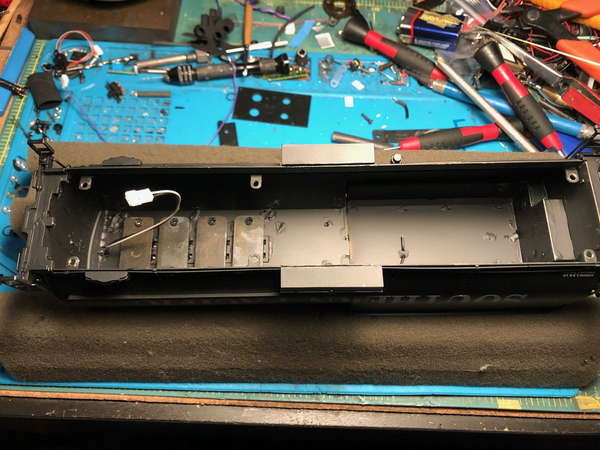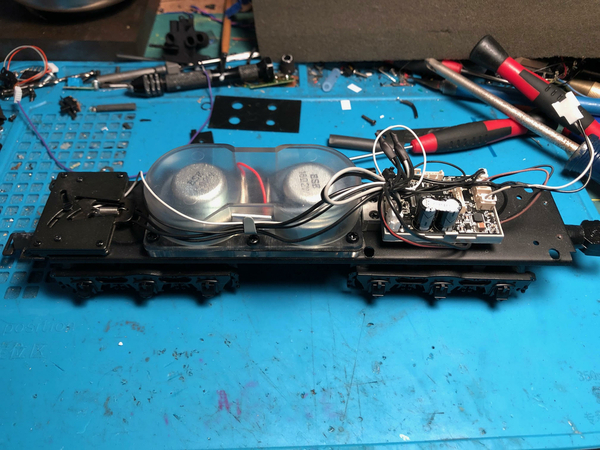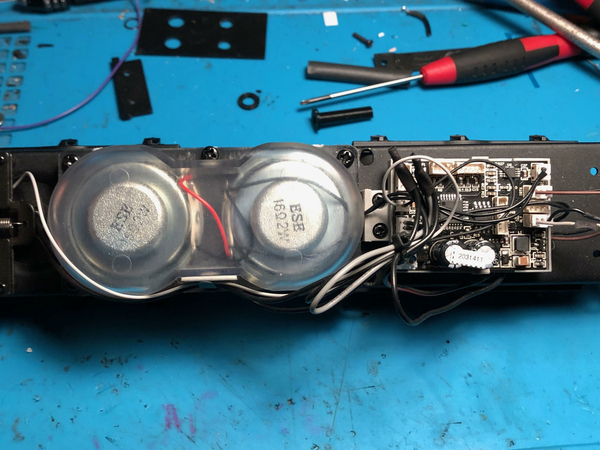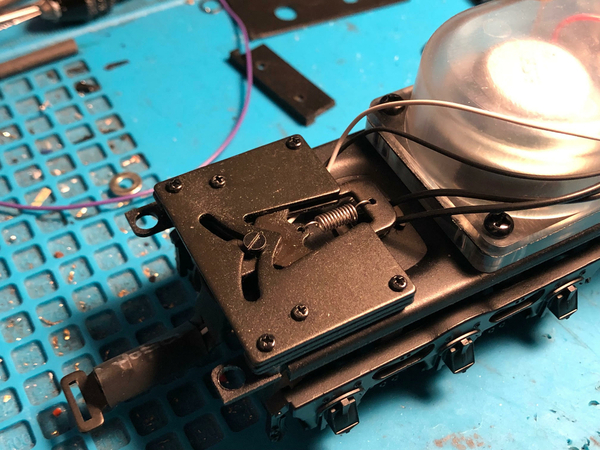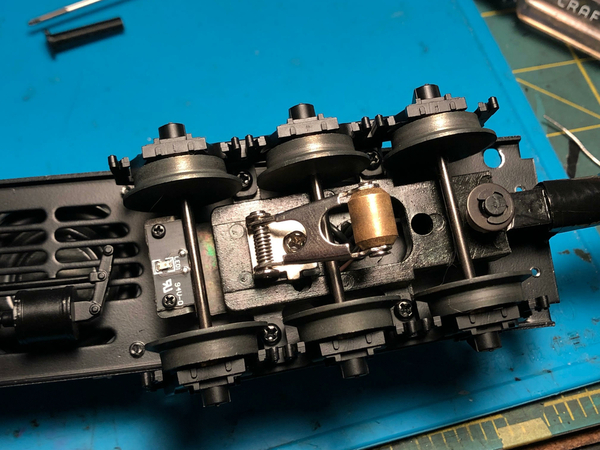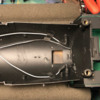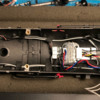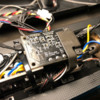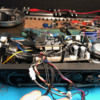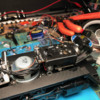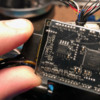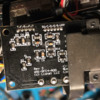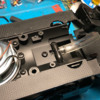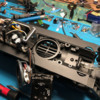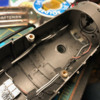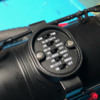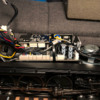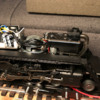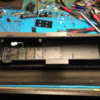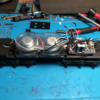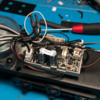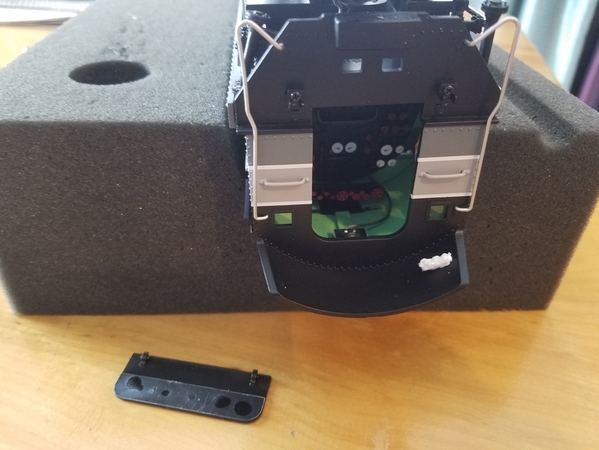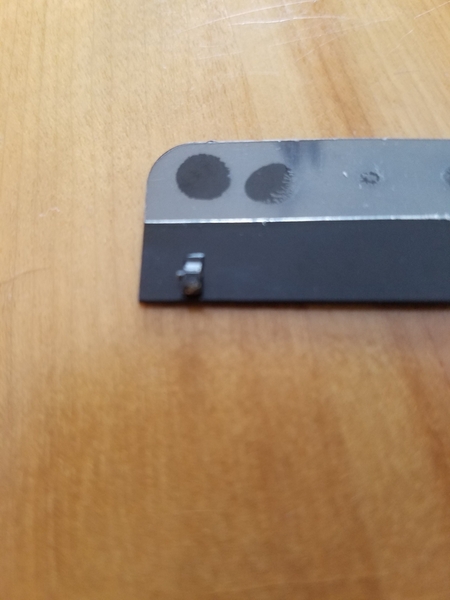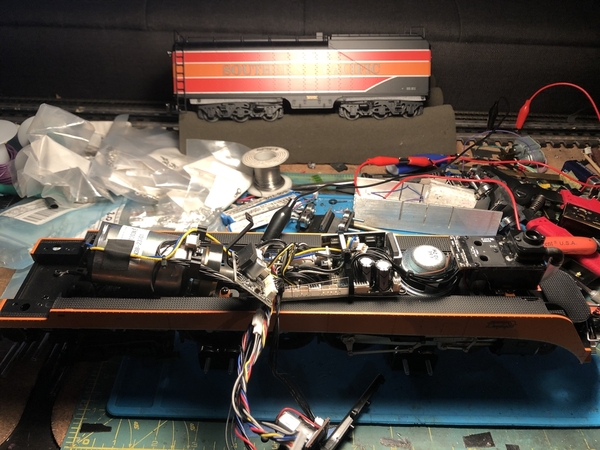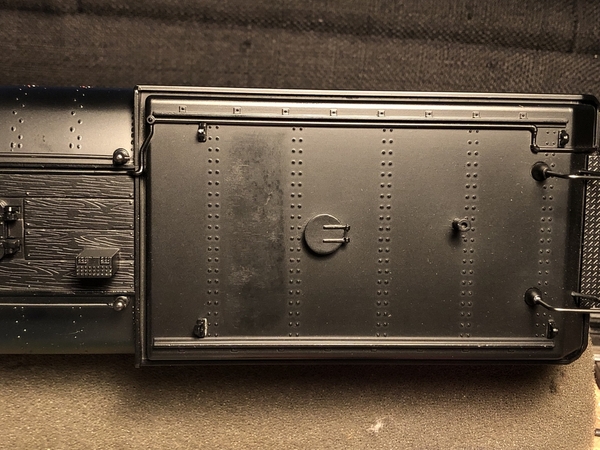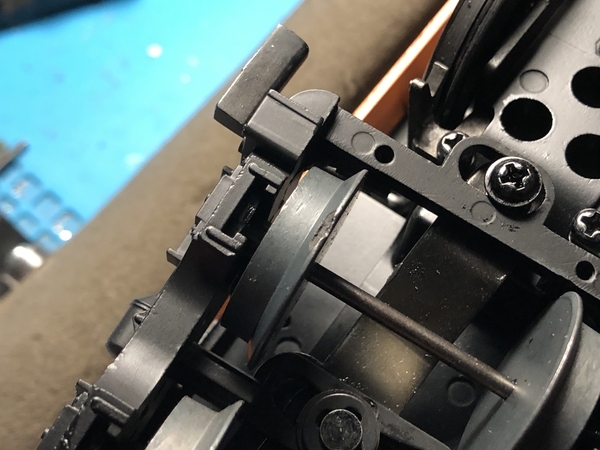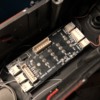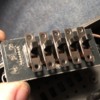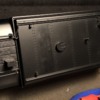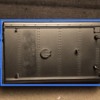I have five engines with RCMCs, Vision 700E, Mikado, RS11, Niagara, and an Alco S1. My Hudson failed twice and the RS11 had to go back because it couldn't remember its ID. two club members had to send their Niagaras back to Lionel and another had issues with their F7s and still another had to send his Legacy J3 ESE Hudson back. Pretty sure there were more.
Some failures were just smoke issues other it just wouldn't run but most can't these themselves so back they go.
Pete
This sounds familar as a different topic regarding quality issues.
We have obviously reached a point where we are the final inspection. If it does not pass, we send it back. I for one have a return rate of about 20-30%. MTH, not much better. For what it's worth, my T1 from Mr. Muffin is at Lionel with a noisy buzz issue. Aaron witrh Lionel confirmed it was a problem, not a normal sound. My new MTH J Class is at MM gettin a board fixwd with GGG. No mfr. is immune apparantly.
Is this acceptable? Not in the past, but with a mature product in a market with margins under heavy pressure, something has to give. Less QC from the mfr. Acceptable now, not really, but that is the choice. To purchase, or not to purchase. At this point for me, the enjoyment outweighs the hassle.
On the bright side, with the long turn around time, its like getting the locomotive or engine for the fisrst time when it gets back.






